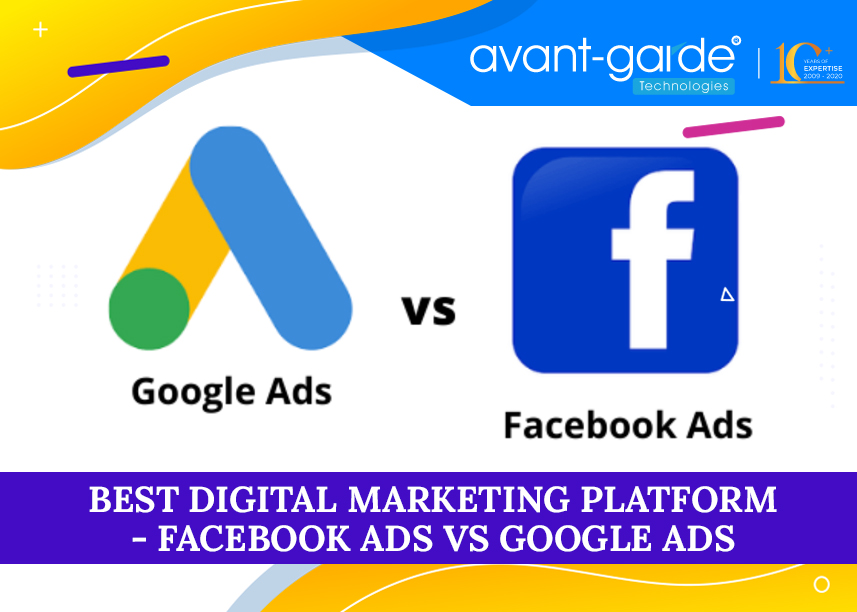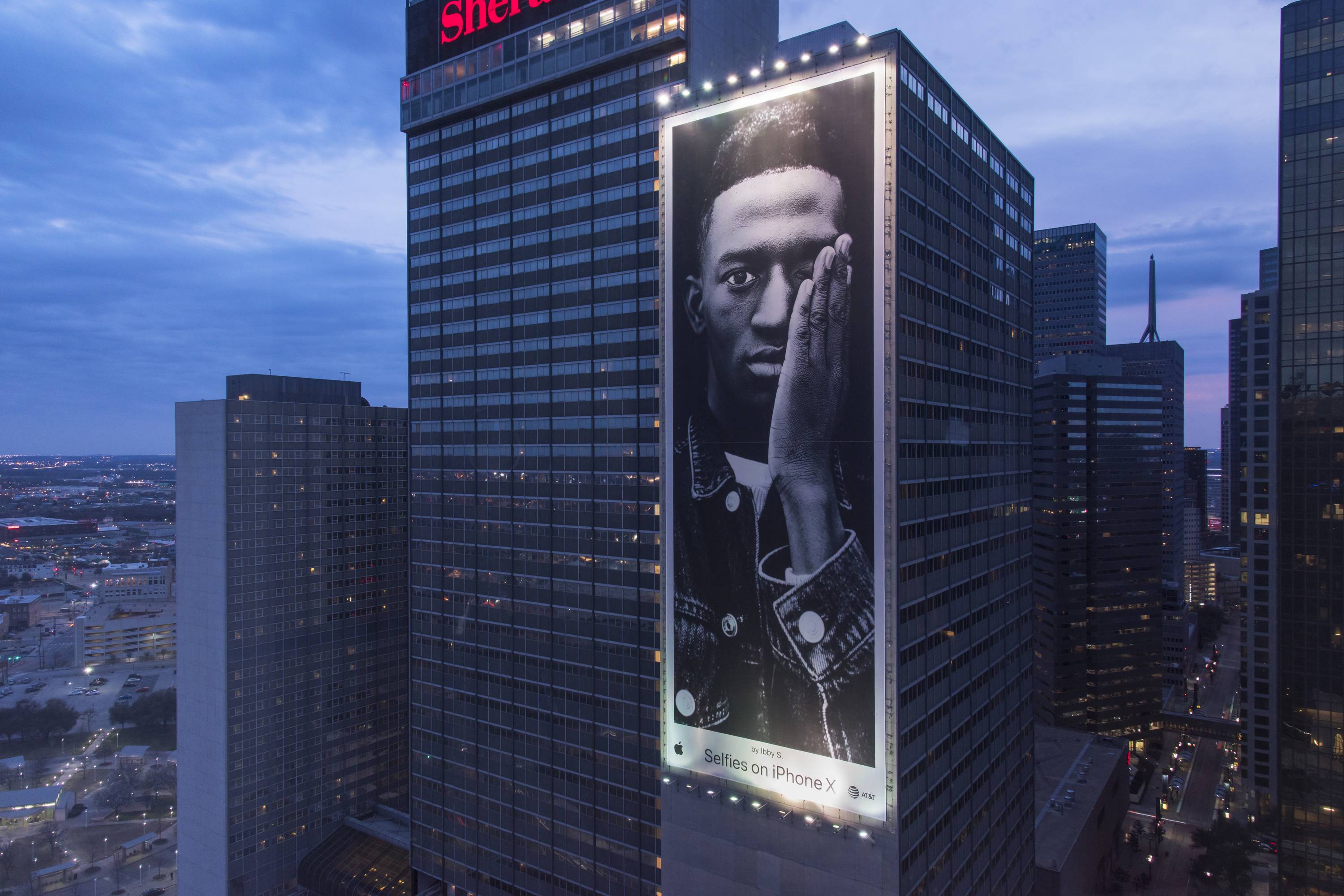
Radio advertising was an entirely new concept in 1920s. Radio advertising was still in its infancy. Some companies and agencies took advantage. Radio advertising required creativity, unlike print ads. They used specific words and images to target a certain group of people. This allowed them to convince their consumers that they were selling their product.
As the industry grew in popularity, companies started to hire musical acts to perform for commercially sponsored programs. The medium gained popularity as more people bought radios to listen to it. Most stations began carrying commercially sponsored programming in the late 1920s. Some of the first advertisers were giant corporations.
Advertisers began testing the effectiveness of radio as a marketing tool. Remick’s Music Store, for example, purchased a large ad in a local paper promoting KFC in March 1922. Later in the year, they exchanged sponsorship for a weekly program.
Other companies also saw the potential of radio advertising and adopted it. Queensboro Corporation of New York and American Telephone and Telegraph Company ("AT&T") were among the first radio advertiser. While the two companies weren't the only businesses to advertise on radio, their involvement was the earliest.

As the radio industry developed, smaller stations started to cover areas that were not as densely populated. These smaller stations were often called "networks" because they allowed advertisers to reach a larger audience.
Radio advertising became very lucrative. By 1929, American companies spent $3 billion on advertisements. But the Great Depression decimated the industry. There were many factors that led to this.
Advertisers hoped that radio advertisements would be able to convince their customers to purchase their products. Radio advertising was highly observable. It was also cost-effective and affordable for reaching a target audience.
Radio was also thought to be relaxing and entertaining. Listeners could tune on at any time. During the Great Depression, many consumers decided that the best way to spend their money was on material goods.
Advertisers sought to persuade consumers to choose their products over their competitors. Advertisers claimed that their products were healthier, safer, or more convenient. Americans were more wealthy in the 1920s and believed their success would depend on their ability purchase more material goods.

The 1920s represented a major shift in American identity. As more and more people owned radios, advertisers had more opportunities to reach their targeted audience. Radio advertising can also be used by companies to boost brand recognition. Many companies hired professional window dressers to put on billboards and window displays, and other companies hired hired boys to walk down the street wearing sandwich boards.
In the beginning of radio advertising, advertisers concentrated on testing the benefits offered by premium offers. They also measured radio frequency and its circulation. They continued to test the radios after finding that they were popular. Several radio stations refused commercials until around the mid-1920s.
FAQ
What are your thoughts on television advertising?
Television advertising is an extremely effective medium for reaching many people at once. It was also extremely expensive. It can still be very powerful if used correctly.
Although there are many types of TV ads available, they all share certain characteristics. When planning any TV ad, the first thing you should do is ensure that it fits within its category. If you're running a product commercial, don't try to run a lifestyle commercial as a product commercial. Your message should remain consistent throughout the campaign.
The second thing to remember is that the best time to air your ads is during prime-time hours. This is because most viewers watch TV while relaxing in front of the set. They should be able to concentrate on what you are saying.
The bottom line is that even if you have a lot to spend, it doesn't necessarily mean you'll be able to get great results. In fact, the opposite may be true. The University of California conducted a study that found commercials shown on popular programs were less likely than those on non-popular programs to sell products. So, if you spend a lot of money on TV advertising, ensure you do it right.
How much does it cost to advertise on social media?
If you decide to go this route, you should know that social media advertising is not free. You will be charged monthly based on how much time you spend on each platform.
Facebook - $0.10 per 1,000 impressions
Twitter - $0.20/1000 impressions (if applicable)
If you send out invitations to Linkedin, $0.30 per 1,000 impressions
Instagram - $0.50 Per 1,000 Impressions
Snapchat - $0.60 per 1,000 impressions ($0.40 per user)
YouTube - $0.25 for 1,000 views
Tumblr – $0.15 per 1000 impressions for text postings
Pinterest - $0.05 per 1,000 impressions per month
Google + $0.15-$0.20 for 1,000,000 impressions
Tumblr – $0.15 - $0.20 per 100,000 impressions
Vimeo - $0.20 - $0.25 for 10,000 impressions
Soundcloud - $0.20 - $0.0.25 for 1,000,000 plays
StumbleUpon - $0.20 -$0.25 per 1 billion pageviews
Digg - $0.20 - $0.25 per 1000 diggs
Reddit – $0.20-$0.25 Per 1000 Comments
Wordpress – $0.20--$0.25 Per 500 Comments
Flickr - $0.20 -- $0.25 per 5,000 photo uploads
Why use social media for advertising your business?
Social Media Marketing allows you to reach customers right where they are, via social networks like Facebook, Twitter, LinkedIn and YouTube. You can also target specific groups within these networks using keywords.
This advertising method is much more affordable than traditional marketing methods because it costs less to market online. This method allows you to develop strong relationships with potential and current clients.
It is easy to use social media to promote your company. You only need a smartphone or computer and internet access.
What do you need information about print advertising
Print advertising can be a powerful medium for communicating with customers. Many companies use it to promote products and services. The goal is to get the consumer's attention.
Print ads are typically one page long and include text, images, logos and other graphics. These ads may include sound, animation and video as well as hyperlinks.
The following categories are the most common types of print advertisements:
1. Brochures – These are large format printed pieces that are intended to draw people into stores. Brochures often feature eye-catching designs and colorful photos.
2. Catalogues – These are smaller versions to brochures. These are usually sent to customers who request information about specific items.
3. Flyers - These are small pieces of paper distributed at events such as concerts and fairs. They are generally free but must be paid for if they are handed out at retail outlets.
4. Posters - These flyers can be larger than the ones you see on the flyer. They are placed on walls, fences, buildings and other surfaces. They are created by computer software programs in order to grab passersby's eyes.
5. Direct mail - These are letters or postcards that are sent directly to potential customers. Companies send these out periodically to remind existing customers about their business.
6. Newspaper ads - These ads are published in magazines and newspapers. These are typically quite long and often contain text as well images.
What is an ad campaign?
Advertising campaign refers to a series of advertisements intended to promote a product. It can also refer entirely to the production of such ads.
The Latin word for selling is "ad." Marcus Terentius Varro (116–27 BC), the first known user of the term "ad" used it to mean "to make sales."
Advertising campaigns are usually done by large companies and agencies. Many media types can be used in these campaigns, including television, radio and print.
Advertising campaigns can last up to six months and have specific goals. Advertising campaigns can have different goals. Some are focused on increasing sales while others generate awareness.
What are the basics of radio advertising?
It is important to understand the interdependence of different media types. Remember that all media types are complementary, not competing.
Radio is best used to complement television advertising. It complements TV by reinforcing key messages and providing additional information.
TV commercials are often too long for radio listeners. Radio ads tend to be shorter and more affordable.
What is branding?
Branding is how you communicate who you are and what you stand for. It is how people remember your name.
Branding is about creating a unique identity that distinguishes your company. A brand does not only include a logo, but includes everything that you look like and how your voice is used by employees.
Because they are confident they will get what they want, a strong brand can help customers feel more comfortable buying from you. And it gives them confidence in choosing your products over those of competitors.
Apple is a great example of a brand-named company. Its brand is known worldwide for its sleek design, high-quality products, and customer support.
Apple's name is synonymous with technology. Apple is the brand people think of whenever they see a smartphone or computer.
Before you launch a new business, it is worth creating a brand. This will give your business a personality and face.
Statistics
- It's 100% reliant on your website traffic. (quicksprout.com)
- Advertising spending as a share of GDP was about 2.9 percent. (en.wikipedia.org)
- Google will display whichever ad type (CPM or CPC) is expected to earn more revenue for the publisher, which is in Google's best interest since they take a 32% share of the revenue. (quicksprout.com)
- Nonetheless, advertising spending as a share of GDP was slightly lower – about 2.4 percent. (en.wikipedia.org)
External Links
How To
How do you place an advertisement on a billboard
Billboards were popularized by the United States Army during World War II. They became a standard fixture along roadsides and highways. Billboards typically contain text advertising, and some also contain photographs or artwork. Some billboards display static messages, while others display information that changes frequently, such weather forecasts, stock prices and sports scores.
The majority of billboards are outside displays. However, there are indoor versions. The majority of outdoor billboards are visible to traffic frequently, while indoor versions may be seen only once every few years. A "cubic" outdoor billboard is the most popular type. It is made up of three layers: two sheets of glass sandwiched between a layer of fiberglass mesh and one sheet of glass. This allows air to circulate throughout the billboard, which keeps it cool in hot and warm in cold.
Advertisers pay companies like Billboard Advertising Inc., which owns and operates many of North America's largest billboard advertising firms, to put their ads up on their billboards. Advertisers are then offered space on these billboards by these companies. These spaces are sold to advertisers depending on the amount they plan to spend on advertising. Advertisers often select the best places for their ads based upon where people walk and drive the most.
Billboard Advertising Inc. contracts with local governments in order to erect signs within city limits. Some cities allow billboards to be placed anywhere, while others limit them to specific areas. Chicago for instance requires billboards not to exceed 1,000 feet from any highway. Other cities require that billboards be placed no closer than 500 feet from a school or church.
Billboard Advertising Inc. holds contracts to promote products or services in the United States. This includes Florida, California and Nevada, Texas and Arizona, New Mexico and Colorado.